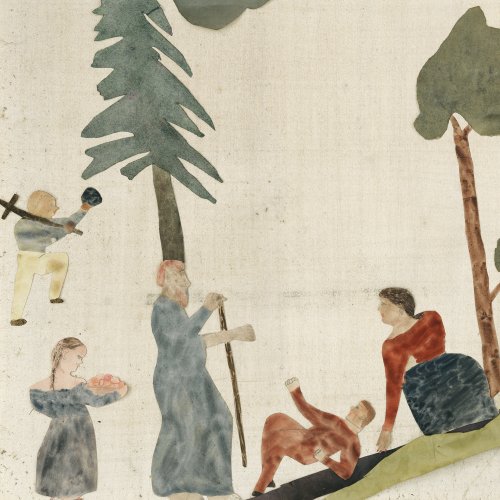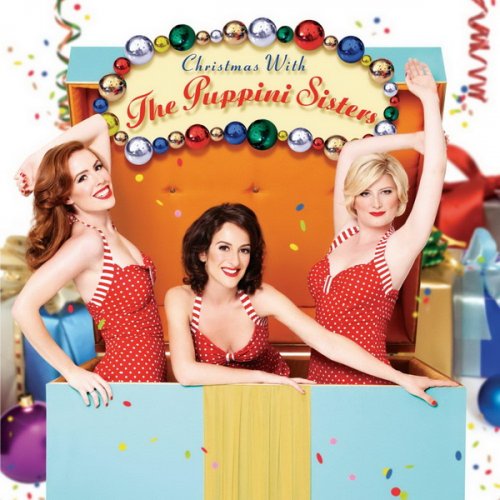Simone Gramaglia, Luigi Attademo - Schubert: Songs Without Words, Arpeggione Sonata and Lieder Transcribed for Viola and Guitar (2024)
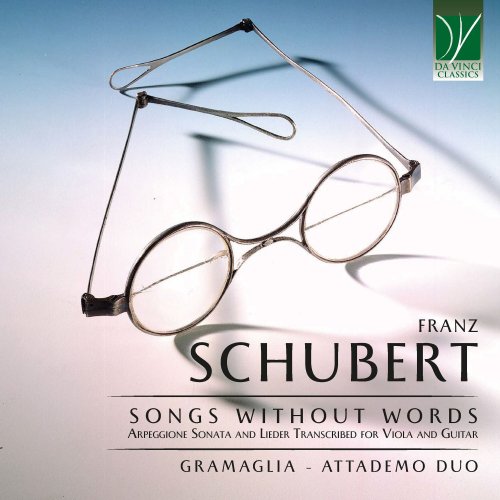
Artist: Simone Gramaglia, Luigi Attademo
Title: Schubert: Songs Without Words, Arpeggione Sonata and Lieder Transcribed for Viola and Guitar
Year Of Release: 2024
Label: Da Vinci Classics
Genre: Classical
Quality: flac lossless (tracks)
Total Time: 00:59:45
Total Size: 263 mb
WebSite: Album Preview
TracklistTitle: Schubert: Songs Without Words, Arpeggione Sonata and Lieder Transcribed for Viola and Guitar
Year Of Release: 2024
Label: Da Vinci Classics
Genre: Classical
Quality: flac lossless (tracks)
Total Time: 00:59:45
Total Size: 263 mb
WebSite: Album Preview
01. Schwanengesang, D. 957: No. 1, Liebesbotschaft
02. Schwanengesang, D. 957: No. 2, Kriegers Ahnung
03. Schwanengesang, D. 957: No. 3, Frühlingssehnsucht
04. Schwanengesang, D. 957: No. 4, Ständchen
05. Schwanengesang, D. 957: No. 5, Aufenthalt
06. Nacht und Träume, D. 827
07. From Die schöne Müllerin, D. 795
08. Der Tod und das Mädchen, D.531
09. Schäfers Klagelied, D.121
10. Der Wanderer, D. 493
11. Aria "Pensa, che questo istante", D. 76
12. Sonata for Arpeggione and Piano in A Minor, D. 821: I. Allegro moderato (Arrangement for Viola and Guitar)
13. Sonata for Arpeggione and Piano in A Minor, D. 821: II. Adagio (Arrangement for Viola and Guitar)
14. Sonata for Arpeggione and Piano in A Minor, D. 821: III. Allegretto (Arrangement for Viola and Guitar)
On 2 April 1821, at the age of twenty-four, Franz Schubert finally saw his Opus One in print. The now-famous Erlkönig D.328 was published by the Viennese company of Cappi & Diabelli – on condition that Schubert’s friends covered the cost of printing themselves – and was sufficiently successful, even with its ferocious piano part, that other song opuses quickly followed. But this is neither the beginning of the story of Schubert’s Lieder in print, nor fully representative of how these songs made their way into the world. Because individual pieces had already been appearing as supplements in fashionable Viennese almanacs since 1818; and scores for voice and piano were not the only versions that began to emerge.
As Schubert was growing to adulthood, between 1806 and 1819, the Italian guitarist Mauro Giuliani (1781-1829) lived and worked in Vienna. In the later eighteenth century the guitar had gained popularity not only in Spain but also Italy and France; now Giuliani helped to popularise the instrument in the Austrian capital. He performed as a soloist and with leading pianists of the day, as well as with string players in small chamber groups. Indeed, Giuliani – like his fellow countryman Nicolò Paganini, himself a talented guitarist – played bowed as well as plucked string instruments, and during his stint in Vienna he took part in the premiere of Beethoven’s Seventh Symphony in 1813, tucked within the orchestra’s cello section. Thus publishers began to offer simple guitar pieces and, crucially, song accompaniments, for those Viennese amateurs keen to try the instrument. It is this burgeoning interest in the guitar, coinciding so neatly with Schubert’s growing public profile, that led to the creation of many of the transcriptions on this disc.
We begin at the very end of Schubert’s life with Schwanengesang D.957. This collection was published by Tobias Haslinger in the year after the composer’s death – hence its title – and brings together Lieder to words by Ludwig Rellstab, Heinrich Heine and Johann Gabriel Seidl. Some years later, Haslinger commissioned the Bratislava-born guitarist Joseph Kaspar Mertz (1806-56) to create transcriptions of some of these songs, and we hear five of his efforts. A lover asks a gently murmuring brook to deliver messages to his distant beloved in Liebesbotschaft; whilst Schubert’s pianistic rendering of a guitar is here sounded on the real thing for a lover’s serenade in Ständchen. Aufenthalt is a grandly melancholy song, our speaker comparing his eternal sorrow to the mighty landscape around him. Heine’s Das Fischermädchen returns us to a lighter vein, a lilting love song which is followed by the charming Die Taubenpost – another messenger, this time a little bird, devotedly carrying words of love on softly whirring wings.
Does it matter that in these particular renditions, we cannot hear the words? Violist Simone Gramaglia, performing here with guitarist Luigi Attademo, believes that much is gained for all that the poetry is lost. ‘I feel that the colour and the tone of the viola is probably the closest to the voice,’ he explains. Hearing these songs without words ‘allows the listener to focus on the elegance, refinement and many incredible moments within these pieces.’ And certainly Schubert himself would have been very used to the idea that his music would be adapted to suit different players and resources, particularly in domestic spaces. This was something on which publishers sought to capitalise; and few were as canny and ambitious as Anton Diabelli (1781-1858). Although we know him best as a businessman with names such as Beethoven and Schubert on his books, Diabelli was also a trained performer and composer – and a particularly talented guitarist. A number song arrangements on this disc were made by Diabelli himself, with his 1822 anthology Philomele für die Guitarre remaining popular with the Viennese public for many decades.
Our next two songs lead us through the night to the light of a new day. Matthäus von Collin’s Nacht und Träume speaks of a holy night and the yearning for beautiful dreams to return (here the undulating chords of the piano texture are replaced by limpid arpeggios in the guitar). Morgengrüss is the eighth song of Schubert’s 1823 cycle Die schöne Müllerin, in which our miller boy hero stands beneath his beloved’s window – before she is awake – to serenade her. But this is not the sophisticated lover of Ständchen: he is impassioned and awkward, his sweet refrain met only by silence from the darkened window above.
Dating from a few years earlier, Der Tod und das Mädchen D.531 is a song of particular significance to Simone Gramaglia – who is the violist of the Quartetto di Cremona and has performed Schubert’s D minor ‘Death and the Maiden’ Quartet D.810 many times. The guitar sounds the stately tread of Death in the song’s introduction, that dactylic (long-short-short ) rhythm which permeates the whole as he comes to take the terrified young girl.
Schäfers Klagelied D.121 was the first of Schubert’s songs to receive a performance in a public concert, in February 1819 – and the composer was just seventeen when he completed the piece. This introspective folk-like song tells of a melancholy shepherd and his distant beloved, a delight in nature that is thwarted by his having lost the person he most wishes to share it with. Schubert throws us despairingly between the lilting major and heartbroken minor as the song progresses.
We come next to one of Schubert’s most famous songs: Der Wanderer D.489, to a text by Georg Phillip Schmidt ‘von Lübeck’. There in anticipation in its pulsing introduction, the viola entering here as if in operatic recitative as the wanderer explains his plight of isolation and restlessness: ‘There, where you are not, is happiness!’.
The last song we hear is one of Schubert’s earliest, and sets a short section of Metastasio’s Alcide al bivio (‘Hercules at the Crossroads’). Pensa, che questo istante D.76 was an exercise given to the young composer by his teacher, Antonio Salieri, in September 1813. In best dramatic tradition, the short introduction leaves us with the sense of coming upon a scene already in motion, as Hercules’s tutor Fronimo asks him to consider that today is the day on which his destiny will be decided. Fronimo is granted a grand but sympathetic tone, his oration delivered in long, confident lines above the strumming chords of the accompaniment. Simone Gramaglia remarks that this rare Italian-language Schubert Lied has ‘accompanied me since I was a child’.
The final piece on this disc was originally intended for a very peculiar instrumental hybrid which was not unlike a viola crossed with a guitar! In the spring of 1823, the Viennese instrument builder Johann Georg Staufer succeeded in creating a six-stringed bowed guitar with frets which allowed for the performance of certain arpeggios and chords that were not possible on any other contemporary instrument and had a more extensive range than a cello or violin. Staufer was probably known to Schubert via mutual friends, as was the chief performer of music on arpeggione, Vincenz Schuster. It seems that either Staufer or Schuster commissioned a work from Schubert as a showpiece for the instrument; and in November 1824, Schubert completed his ‘Sonata für Arpeggione’ as requested, which was first performed by Schuster later that year. However, Staufer’s optimistic notion that the arpeggione would soon be widely adopted as not to be; and when the Arpeggione Sonata was first published in 1871, it was issued with a joint designation of ‘für Arpeggione oder Violoncello’. Signs of the unusual instrument’s demise were already clearly apparent, and the piece was issued with an explanation of what an arpeggione was and how it worked – which seems particularly ironic since the name ‘arpeggione’ was only broadly applied to the instrument because of Schubert’s sonata.
We hear Schubert’s ‘Arpeggione’ Sonata in a newly-made arrangement by Luigi Attademo which, as Simone Gramaglia explains, consists of a special (and very difficult) transcription of the piano part, ‘saving all those musical figures that are crucial to the musical dialogue.’ This fiendish reworking must, of course, sound effortless: Schubert’s showpiece for the new instrument is predominantly lyrical with moments of real tenderness, although the first movement has several moments of strident extroversion. The viola takes centre stage most noticeably in the short unaccompanied solo at the end of the Adagio, and the rapid semiquaver passagework of the finale (its three movements are basically continuous). This canny writing on Schubert’s part has enabled cellists – and now violists! – to enjoy performing the solo sonata by a composer who wrote no other such repertoire for the instrument. And the performers of this arrangement point out that here we have a ‘lighter and more transparent version that enhances the value of the sound of the viola and the beauty of the melodies.’ It is a fitting finale to a programme which provides an opportunity enjoy and re-encounter familiar favourites made new in these beautiful alternative versions.
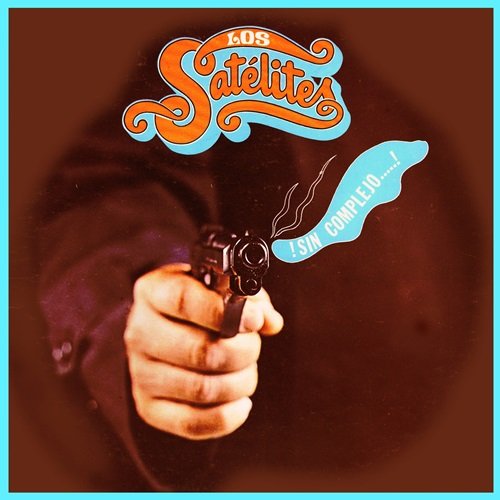
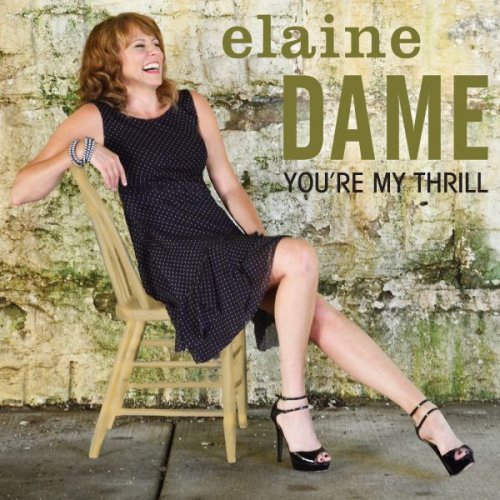
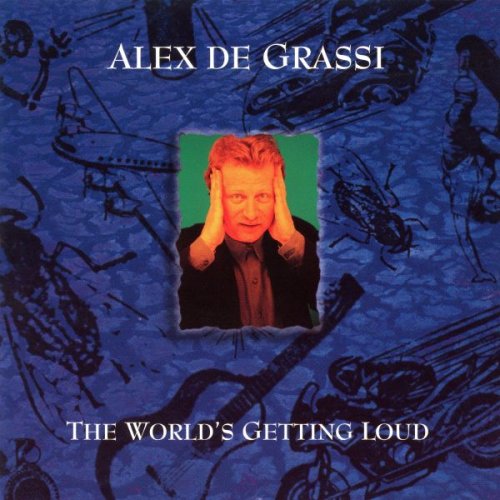
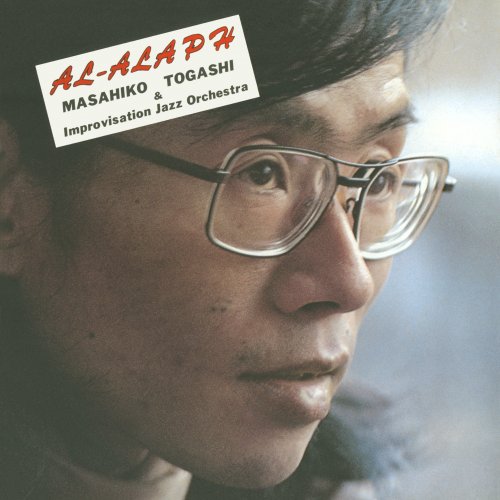
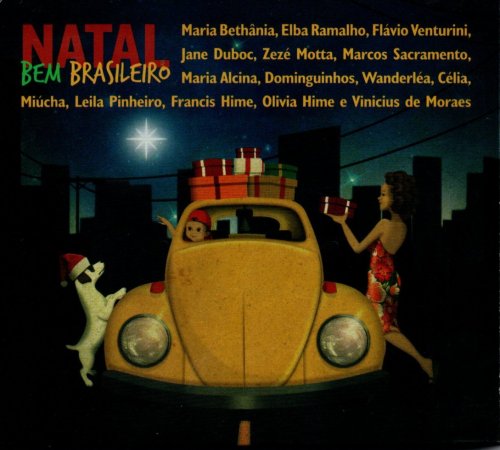
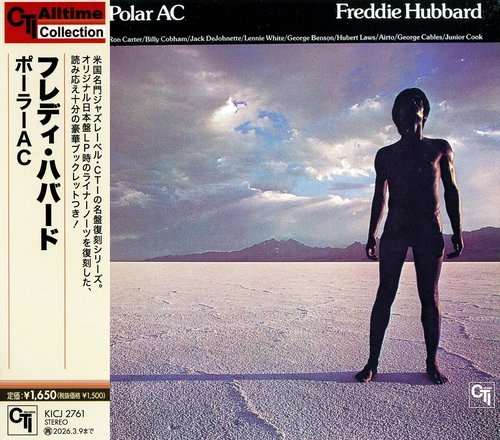
![Juliet Wood - Sconsolato (2019) [Hi-Res] Juliet Wood - Sconsolato (2019) [Hi-Res]](https://www.dibpic.com/uploads/posts/2025-12/1766736740_xoygz7sftgiab_600.jpg)
